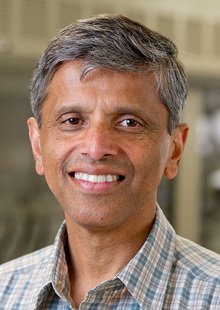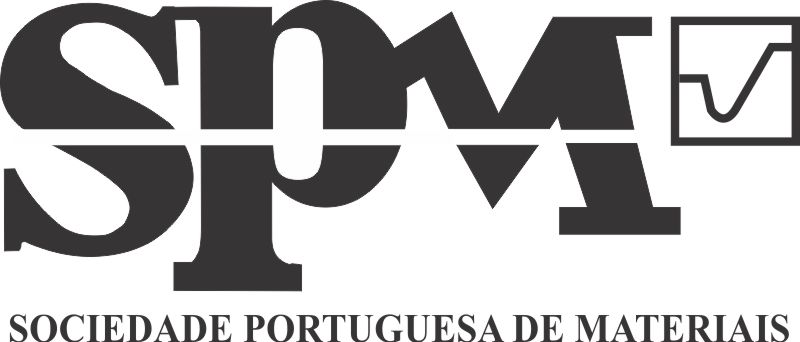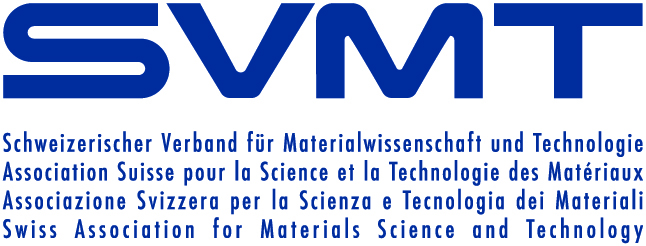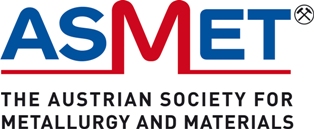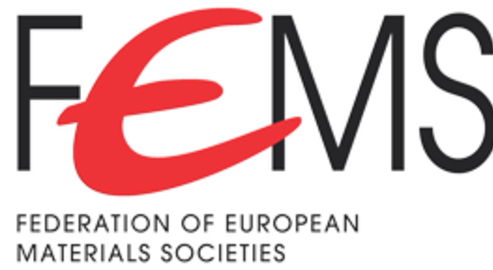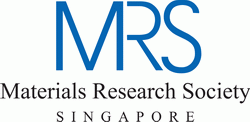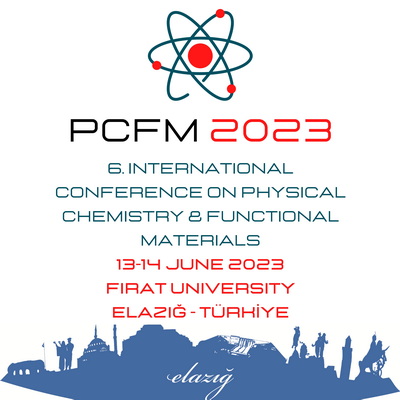April 2023
|
Materials Research
|
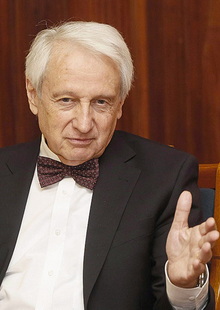 The many top international scientists YUCOMAT has welcomed as participants over the years, and the excellent science presented and discussed here, send the signal out to the world: science knows no borders
The many top international scientists YUCOMAT has welcomed as participants over the years, and the excellent science presented and discussed here, send the signal out to the world: science knows no borders
Professor Dr. Knut Urban, the laureate of the 2023 MRS- Serbia Award for a Lasting and Outstanding Contribution to Materials Science and Engineering talks to YUCOMAT about great leaps in science and nanoworld.
Prof. Dr. Knut Urban’s plenary lecture will be presented during the Opening Ceremony of
the 24th MRS-Serbia Annual Conference YUCOMAT 2023, at 9.00 am on September 04, 2023
Professor Urban, you are one of the pioneers of aberration-corrected electron optics. And you have received a number of scientific awards for it together with Harald Rose and Max Haider. Why is it of such great importance and at the same time so difficult to build electron microscopes with aberration-corrected optics?
According to the theory of lens optics and diffraction of waves, the dimension of the smallest details that one can just resolve in an object inspected in a microscope is at best of the order of the wavelength of the radiation used for imaging. In light optics, Ernst Abbe showed in the seventies of the nineteenth century that such quasi-ideal microscopic imaging can be achieved even with real, i.e., aberration-prone, lenses, if one uses systems of lenses, converging lenses and diverging lenses, calculated in such a way that their errors as a whole largely compensate each other. This marked the triumph of classical light microscopy, whose resolution limit today is actually wavelength-limited, at about 200 nm.
Since the wavelength of fast electrons is about 5 orders of magnitude shorter, it was hoped that after the invention of the electron microscope by Ernst Ruska, 1931, and Manfred von Ardenne, 1937, there would be a corresponding increase in resolving power and thus access to atomic dimensions. However, these hopes were disappointed. Despite the greatest efforts in academia and industry, by the end of the nineteen-eighties the resolution had reached at best about 0.5 nm. Resolving atomic distances in solids (< 0.1 nm) was out of reach, which seemed particularly tragic at a time when nanoscience (my field of work) was experiencing its first flowering. The reason for this was due to the failure to construct aberration-corrected electron optics. In fact, the insurmountable obstacle to this was a law of nature, Gauss's law of magnetism. According to this law, it is fundamentally impossible to use round magnetic fields to construct the diverging lens that according to Abbe is needed to realize corrected lens systems. To overcome a law of nature is indeed a formidable task. And although Otto Scherzer had already shown in 1947 that - in theory - it should be possible to construct a diverging lens by means of systems of non-circular lenses, multipoles, until 1991, when we started our project, one had made progress, but was still very far from success.
 |
Deadline for Online Abstract Submission: May 1, 2023 | ||
|
YUCOMAT Conference includes the participation of renowned Plenary speakers, Oral presentations, Poster sessions and Symposia related to contemporary programs in the field of advance materials and nanotechnologies as well as an attractive social and cultural program Abstract in English and the registration form, to be submitted online by May 1, 2023. Deadline For Abstracts For Poster Presentations Online Until August 15, 2023. Abstracts will be included in a Book of Abstracts, distributed to each participant at the conference registration and published on MRS-Serbia website. Thank you for sharing this forms with anybody who might be interested in participating in YUCOMAT 2023:
Call for Abstracts You Can Find HERE! Benefit From Early Registration Fees Until May 1, 2023
|
|||
 |
BE ONE OF OUR SPONSORS ! | ||
|
|
|||
 |
APPLY FOR AWARD GRANTS FOR YOUNG RESEARCHERS | ||
|
Ten young researchers will receive Award grants for young researchers on YUCOMAT 2023, as a result of successful continuation of the cooperation with MRS-Singapore. The Award winners will be announced on the Closing ceremony on September 8, 2023 at Herceg Novi, Montenegro At YUCOMAT 2022 Conference MRS-Singapore financially supported our Award by sponsoring ten grants, five oral and five poster presentations. BE ONE OF OUR SPONSORS FOR YOUNG RESEARCHERS!
YUCOMAT 2023 - Confirmed Plenary Speakers
|
|||
 |
MEMBERSHIP IN MRS SERBIA | ||
|
|||










